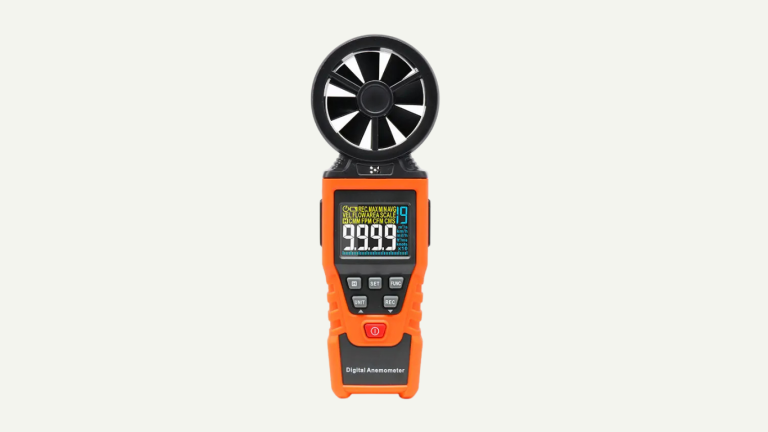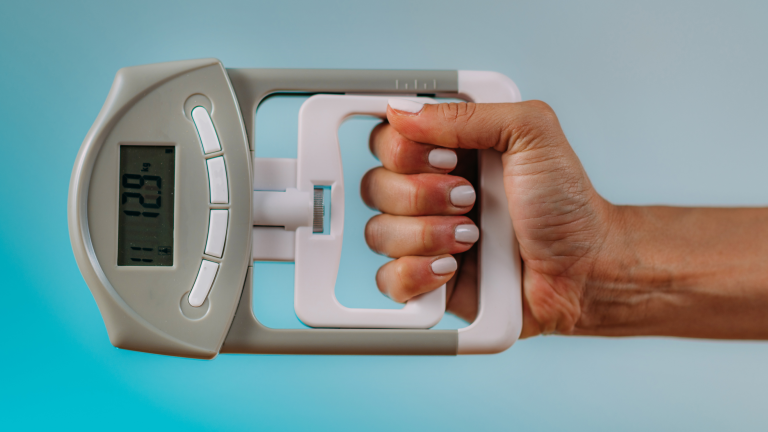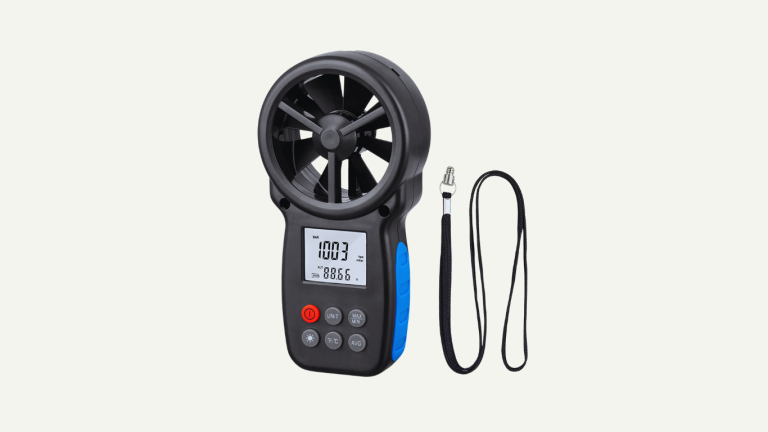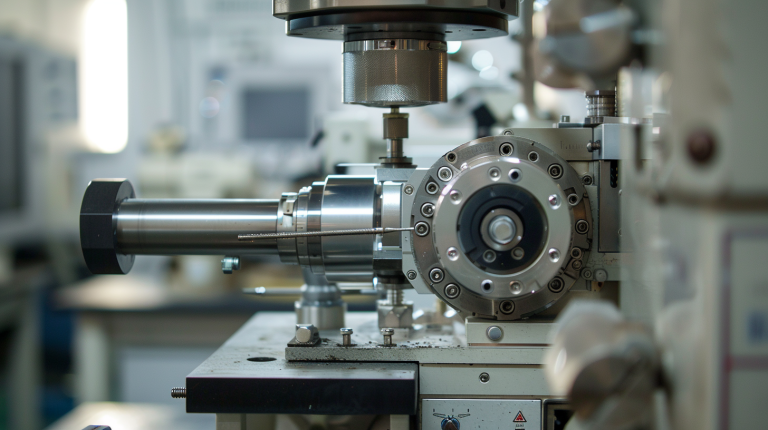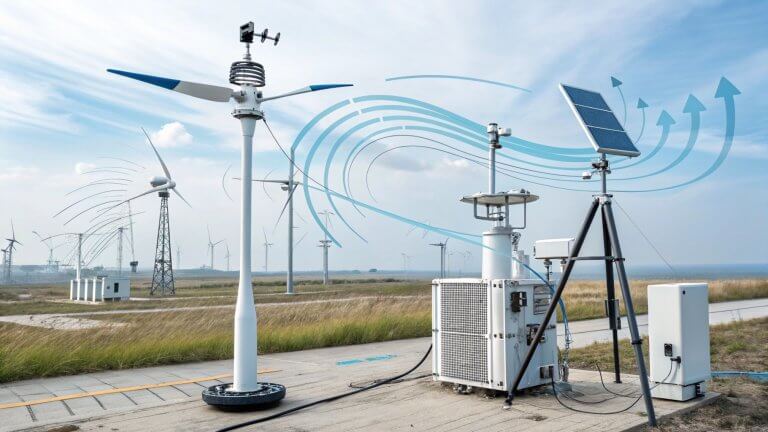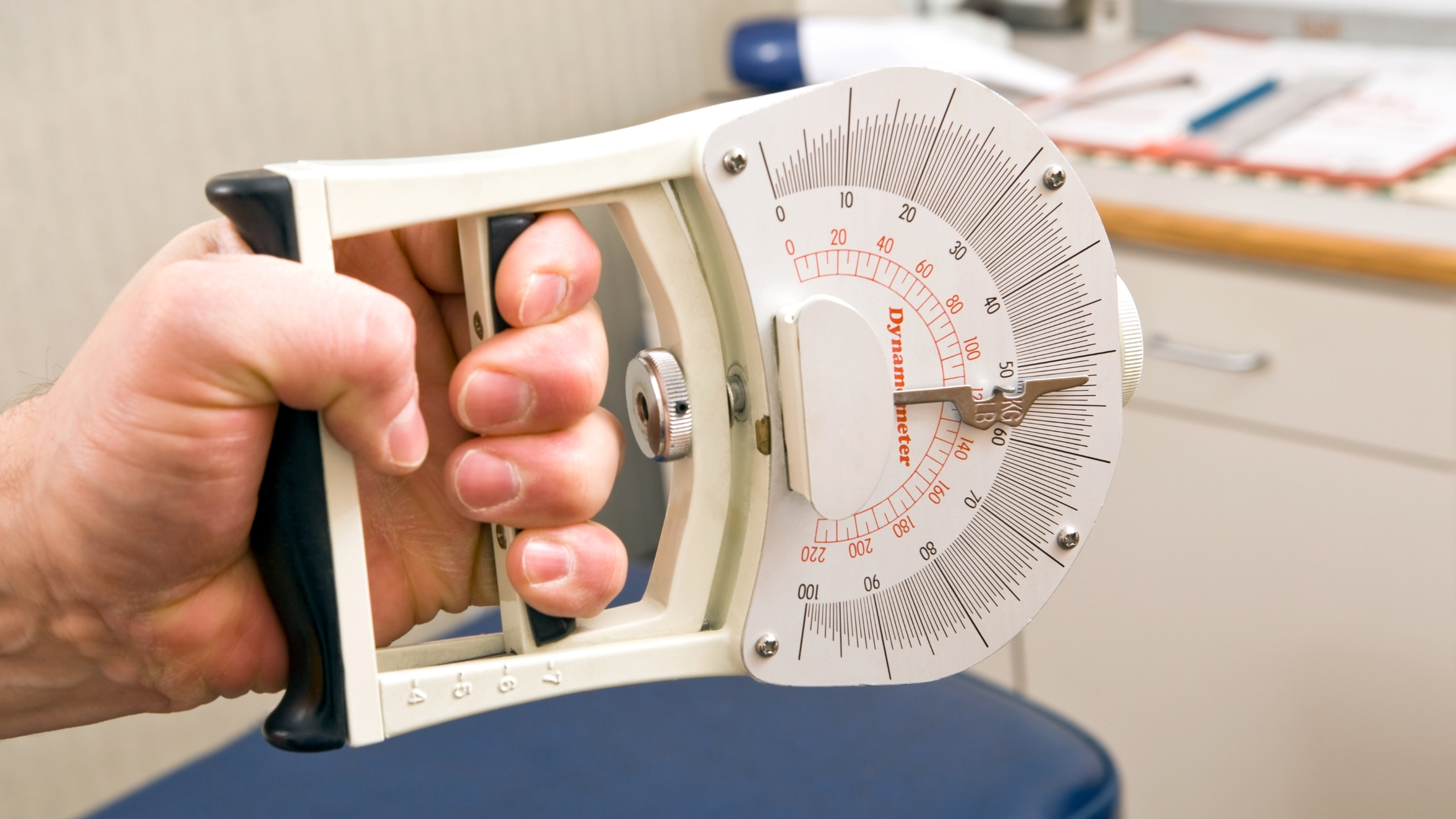
From hot rods to hybrids, chassis dynamometers are utilized across the automotive industry to test vehicle performance. As new model prototypes hit the test labs, they get rigged up on specialty rollers and put through precise simulations of everything from gentle cruising to flat-out sprinting. These machines, called chassis dynamometers or “chassis dynos,” employ variable absorbers and torque sensors to apply loads mimicking real-world driving conditions. The strain the tires rotating on the dyno drums feel reflects actual road loads – right down to headwinds and hills. Chassis dynos can recreate varied driving conditions inside controlled labs from city cycles to the autobahn. Critical components like absorbers, sensors, and control systems make such simulations possible. This allows practical evaluations of how design changes impact fuel efficiency, emissions, drivability, and durability. This article will explore the specialty equipment enabling chassis dynamometers to replicate real-world driving.
Simulating Road Loads
Testing vehicles in real-world conditions provides the most practical performance data, but public road testing can be unpredictable and even hazardous during development. This is where chassis dynamometers offer a controlled, simulated environment that replicates the strains of actual driving, ensuring the safety of both the vehicle and the testing personnel.
The specialized variable absorption units built into chassis dynos are the key to recreating real-world conditions inside a lab. These electrical, hydraulic, and friction absorbers can apply precise loads to the rolling tires, mimicking the dynamic forces vehicles encounter on roads:
- Aerodynamic Drag: As vehicles accelerate faster through the air, they face increased aerodynamic resistance. Chassis dynos simulate this air drag by increasing electrical or hydraulic loads. At a simulated 60 mph, the absorbers impose loads matching the wind resistance the vehicle would push through.
- Rolling Resistance: The friction between tires and road surfaces reduces efficiency and limits speed. Chassis dynos apply electrical load on the spinning rollers to precisely mimic tire grip and rolling drag at speeds from city cruising up to high-speed tests.
- Acceleration Forces: As engine torque turns the wheels faster and faster to accelerate a vehicle, additional force must be exerted. The absorbers make it progressively more challenging to spin the dyno drums more quickly, simulating the inertia and momentum vehicles build in the real world. Hard launches, steep inclines, and high speeds are replicated.
Alongside absorption loads, road simulations incorporate:
Incline Simulation: Hydraulic cylinder systems tilt chassis dyno beds to angles matching everything from gentle slopes to steep grades. This changes load distribution and strain for incline testing.
- Headwinds: Large fans or wind tunnels blast airflows matching highway speeds for aerodynamic and cooling system evaluations.
- Ambient Conditions: Environmental chambers enclosing dyno cells control temperature and humidity during testing.
International standards categorize chassis dynamometer road load simulation for vehicles from light passenger cars to commercial trucks. Customizable software allows recreating load profiles from city buses to high-performance vehicles.
Precisely Controllable Testing
The specialty load absorbers are the key to chassis dynamometers’ ability to replicate varied driving conditions with unparalleled precision. By continuously adjusting the electrical, hydraulic, and friction loads, the dyno can mimic everything from rush-hour stop-and-go to high-speed merging, providing accurate and reliable data for performance evaluation.
- City Driving: In urban driving with frequent stops, acceleration and low speeds predominate. Chassis dynos recreate this through absorption control to simulate the continuous changes. Rolling resistance has a high impact at low speeds, so the dyno applies modulating electrical loads on the drums. As the simulated vehicle accelerates between intersections, absorption increases to mimic overcoming inertia. Braking friction also increases to recreate deceleration at stops.
- Highway Cruising: At steady highway speeds, aerodynamic drag has the highest influence. The chassis dyno absorbers apply a constant, optimized load to the rolling drums to replicate air resistance and tire friction at 65 mph cruising. Minor adjustments modulate phantom winds and road surfaces. When simulating passing maneuvers or hilly sections, short-term loads fluctuate accordingly.
- Hill Climbing: Ascending steep grades challenges engine power and efficiency. Chassis dynos activate hydraulic cylinder lift systems to tilt the drum bed, shifting weight distribution as the absorption units dynamically recreate climbing loads. More power is needed to overcome the simulated grade effect at a steady speed or accelerate up the virtual incline.
Acceleration/Deceleration: Whether gently accelerating onto a highway or punching it off the line, quickly increasing/decreasing road speed substantially impacts loads. Chassis dyno programs replicate this by aggressively ramping electrical or hydraulic absorption the faster the drums spin, making it harder and harder to go faster until mimicking top-speed flat-out acceleration. Load cells precisely quantify torque outputs during testing. Deceleration reverses the process, with loads tapering off as speed sheds during braking.
The dynamometer’s closed-loop control systems combine electrical, mechanical, and hydraulic capabilities to replicate precisely graded loads under a wide range of driving conditions inside the lab. Test parameters and sequences are also utterly customizable via software. This enables testing fuel economy, drivetrain durability, and more through the most demanding consumer-level driving simulations.
Advanced Capabilities
As vehicle technologies advance, chassis dynamometers evolve with new testing capabilities:
- Integrated Emissions Measurement: Tailpipe sensors analyze gases during simulated drives to quantify emissions outputs under different strains. This facilitates the development of engines and drivetrains to exceed environmental regulations.
- EV Battery Simulators: Electric model testing incorporates modular battery emulators to charge/discharge during driving cycles, evaluating real-world range, heat levels, and performance impacts.
- Programmable Testing: Bespoke testing sequences model consumer driving habits. Repeatable scripts calibrate dynasty performance across equipment over years of service.
- OBDII Scanners: Onboard diagnostics integration lets engineers monitor vehicle data buses, getting instant feedback if errors trigger during simulated operations.
- Aftermarket Testing: Chassis dynos readily support bolted-on modifications like intake/exhaust improvements, tuning chips, and turbo kits. Before/after runs showcase real-world differences.
- AWD Dynos: Dynamometers with front and rear drum sets measure output and response for the growing all- and four-wheel drive markets.
- Weather Simulation: Wind tunnels and environmental chambers recreate climates from Arizona summer heat to Alaskan winter cold for year-round calibration.
- Location Simulation: Software models road load parameters from coastal Florida to the Rocky Mountain peaks for virtual testing. Physical dyno tuning then optimizes for performance across markets.
- The flexible and modular chassis dyno systems are designed to accommodate continuous innovation in drivetrain technologies and testing methods. Their capabilities grow in tandem with vehicles, ensuring that the needs of automotive engineers, researchers, and industry professionals are always met.
Conclusion
Chassis dynamometers enable remarkably realistic driving simulations in controlled lab environments by precision-tuning electrical, mechanical, and hydraulic systems to replicate real-world loads. From stop-and-go city driving to high-speed merges, the advanced absorbers, sensors, and software continuously adjust forces on rolling drums to mirror the same strains felt over thousands of miles. Customizable testing and simulation capabilities for scenarios from hill climbs to cold starts make chassis dynos an integral performance engineering tool. As global auto innovation accelerates, so will the adoption of chassis dynamometer labs capable of modeling real-world conditions through various duty cycles. Test rigs that mimic customer usage help engineers balance priorities from emissions to drivability before next-generation vehicles hit the open roads.

